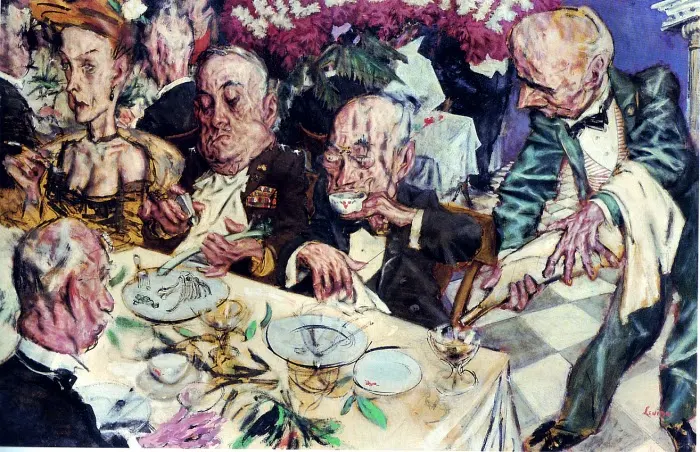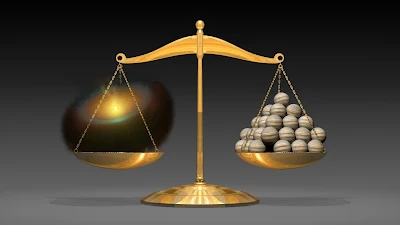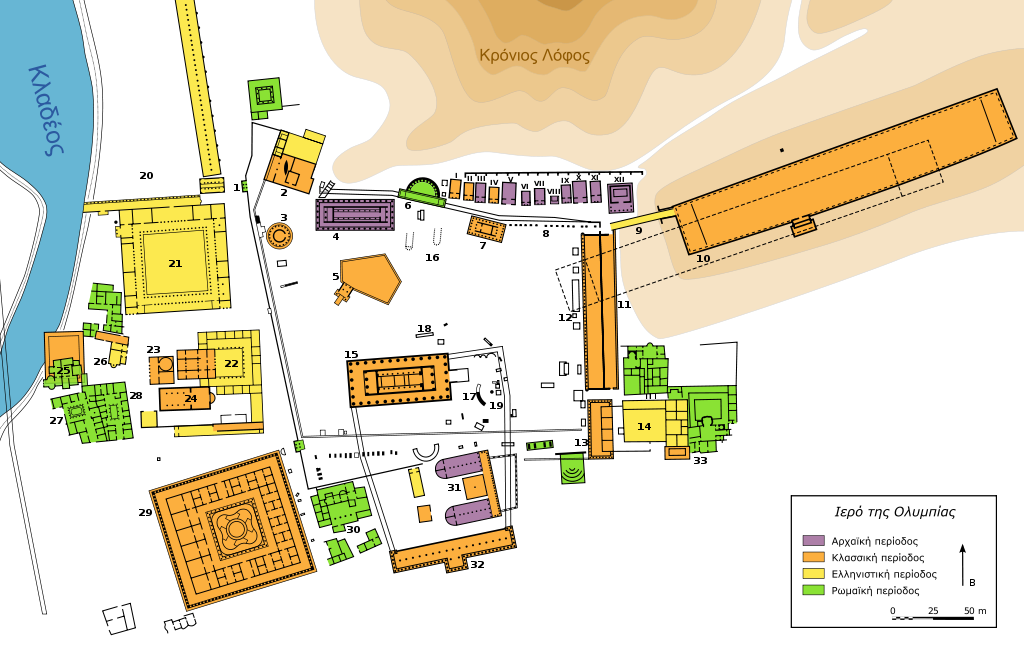David Alfaro Siqueiros, Cosmos and Disaster, c.1936.
David Alfaro Siqueiros, Echo of a Scream.
Diego Rivera, Man
at the Crossroads.
Diego Rivera, Panorama
of Mexcian History.
José Clemente Orozco, Modern Migration of the Spirit, 1933, Dartmouth College.
José Clemente Orozco, Detail of Mural Gods of the Modern World, Dartmouth
College, New Hampshire.
José Clemente Orozco, Men on Fire.
Jackson Pollock, Untitled
(Bald Woman With Skeleton).


Irving Norman, Spain 1938, 1942. Oil on canvas. This
stark painting of a bomb shattered tree filled with bloody human body parts, is
based on the artist’s battlefield experiences in the Spanish Civil War. While
Picasso’s Guernica is the most famous painting depicting the war, Norman’s
canvas is imbued with a frightful immediacy that came from his direct wartime
encounters.
Irving Norman, Woman Ship Welder, 1943, graphite on
paperboard.
Irving Norman, Celebration, 1953. Oil on canvas, 82 x
30 inches. Crocker Art Museum, loan and promised gift of Richard Graves and
Stephen F. Melcher.
Irving Norman, Bacchanal, 1954. Oil on canvas, 69 x 39
inches. Collection of Morelle and Norman Levine.
Irving Norman, From Work, 1978. Oil on canvas, 80 x 92
inches. Fine Arts Museums of San Francisco, gift of Hela Norman.
Jacob Lawrence, The
Railroad Stations Were Crowded With Migrants, from the Migration Series.
Jacob Lawrence, Their
Lives Were Often In Danger, from the Migration Series.
George Bellows, "Cliff Dwellers". Oil on canvas.
1913. 40 1/4 x 42 1/8 inches. In this canvas, Bellows painted the poor
immigrant slums of New York’s Lower East Side. This work is the very embodiment
of American Social Realism.
Jack Levine, The Patriarch of Moscow on a Visit to
Jerusalem, 1975. Oil on canvas - 213.2 x 237 cm (84 x 96 in.), Thyssen-Bornemisza
Collection.
Jack Levine, Gangster Funeral, 1952-3.
Jack Levine, Welcome Home, 1946.
Jack Levine, Reception in Miami, 1948.
Ben Shahn, Father & Child, 1947.
Ben Shahn, Renascence, 1946.
Ben Shahn, Liberation, 1945.
Ben Shahn, East
Twelfth Street, 1946.
Ben Shahn, Italian Landscape, 1943-1944. Ben Shahn
said to his biographer: "During the
war, I worked in the Office of War Information. We were supplied with a
constant stream of material, photographic and other kinds of documentation of
the decimation within enemy territory. There were the secret confidential
horrible facts of the cartloads of dead...so many of which I knew well and
cherished. There were the churches destroyed, the villages, the
monasteries—Monte Cassino and Ravenna. At that time I painted only one theme,
"Europa," you might call it. Particularly I painted Italy as I
lamented it, or feared what it might have become."
Ben Shahn, Unemployment, 1938. This is probably the
best example of Ben Shahn’s Social Realist style. In Unemployment, we are
presented with six tired, weary looking men, who we can assume from the
painting’s title are out of work. Despite becoming unfortunate victims of the
Great Depression, a sense of dignity seems to remain among the men,
specifically in their unfazed stares and postures.
America, 1930's -
Social Realism is a naturalistic realism focusing specifically on social issues
and the hardships of everyday life. The term usually refers to the urban
American Scene artists of the Depression era, who were greatly influenced by
the Ashcan School of early 20th century New York. Social Realism is somewhat of
a pejorative label in the United States, where overtly political art, not to
mention socialist politics, are extremely out of favor. Ben Shahn, Jack Levine
and Jacob Lawrence are the best-known American Social Realists.








.jpg)







































